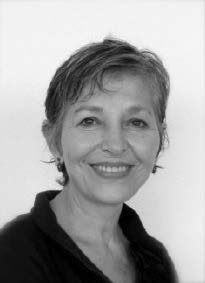UNITAR Senior Fellow, Nassrine Azimi, to Give a Presentation on Japan’s Cultural Property and United States’ Post-WWII Occupation Policies
UCLA Terasaki Center for Japanese Studies, California, United States
Monday 27 February 2017, 3:00 – 5:00 PM | Free and open to the public
Even before the American occupation of Japan (1945 – 1952) was official, an internal telegram to the then U.S. Secretary of War had outlined an overarching policy for the protection of the former enemy’s cultural property. A small cluster of American scholars and experts gathered in Tokyo by October 1945, and “embedded” into the bureaucratic machinery of the Occupation at the General Headquarters of the Supreme Commander for the Allied Powers (SCAP), later becoming the Arts and Monuments Division of SCAP’s Civil Information and Education section.
Led by the Harvard curator George L. Stout and including prominent archaeologist and Japan scholar Langdon Warner, the Group managed to spearhead an orderly effort, to strengthen protective measures and laws for Japan’s cultural property. That this was achieved in the post-war chaos and amidst so many other priorities was the consequence of early and far-sighted work by American scholars, politicians, and military planners, starting as early as 1940 and involving the Harvard group, the American Council of Learned Societies, and especially the American Commission for the Protection and Salvage of Artistic and Historic Monuments in War Areas (The Roberts Commission).
The presentation will conclude with a reflection on why and how nothing remotely similar was achieved in future US-led military occupations, with tragic consequences in particular in the early phase of the occupations of Afghanistan (2001) and Iraq (2003).
 Nassrine Azimi
Nassrine Azimi
Currently a visiting scholar at the Terasaki Center for Japanese Studies, has had a long career at the United Nations Institute for Training and Research (UNITAR), where she concluded a 10-year series on UN Peacekeeping and Peace-building. In 2011 she co-founded and now co-coordinates Green Legacy Hiroshima, an initiative to send around the world seeds and seedlings from trees that survived the Atomic bombing of Hiroshima. She is working on a book on the role of the American specialists who helped protect Japan’s cultural property in the aftermath of WWII.

